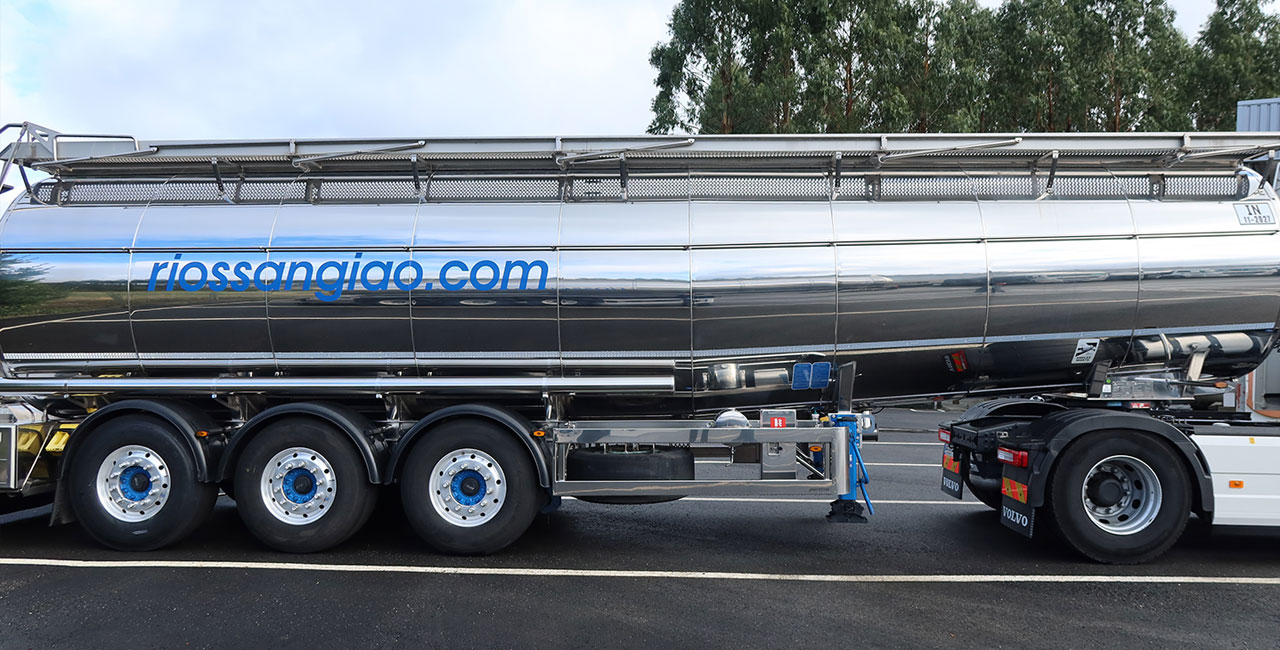
In the food liquid transport sector, the proper cleaning of food tanks on lorries is essential. In this way we can guarantee that the stored liquids maintain their original properties and do not suffer any type of cross-contamination of loads.
The cleaning of food tanks is a crucial step in their maintenance. It also allows us to detect any kind of problem in the maintenance of the truck.
Between deliveries, we carefully carry out a thorough cleaning of the tankers, as well as maintenance to check that everything is working properly.
The truck cleaning process includes washing the chassis, the trailer, upholstering and vacuuming the cab, cleaning the floors, degreasing the accelerator, polishing and waxing… Although in this post we will only focus on the cleaning of the food tanks themselves. Which is the most important element of this process.
We are aware of the great responsibility in terms of food safety, so we follow good hygienic and sanitary practices and use non-toxic products suitable for their use. Furthermore, cleaning is only carried out in approved washing centres and by highly qualified personnel, to avoid any type of contamination.
Tanker lorries are cleaned at the washing centre designated by the Traffic Department. Drivers must carry the list of washing centres approved by the Quality Department.
The cleaning process of food tanks consists of three parts:
Once the tank has been cleaned, the driver must check its condition. Once he signs the delivery note and the washing certificate, he is responsible for ensuring that the entire process has been carried out correctly. This washing certificate is valid for 48 hours and consists of 3 copies: one for the loader, one for the client and one for the administration.
In the process of cleaning tanks in washing centres, drivers should:
The driver must verify that all cleaning is carried out in specialised, approved washing stations and that both the tank and all accessories have been properly cleaned. The load compartments, hoses, valves and joints accessible from the outside must be clean, dry and free of odours.
Finally, if everything is correct, the driver shall sign the cleaning certificate.
This certificate certifies that the cleaning has been carried out correctly, without toxic products and guarantees that there is no cross-contamination.
To be valid, it must be signed by the issuer and contain at least the following information:
After this review of our entire cleaning procedure for food tanks, the importance of correct execution is more than clear. If you would like to know more or would like to find out more about our services, please do not hesitate to contact us.



This has been the work of Sr. Concejo

